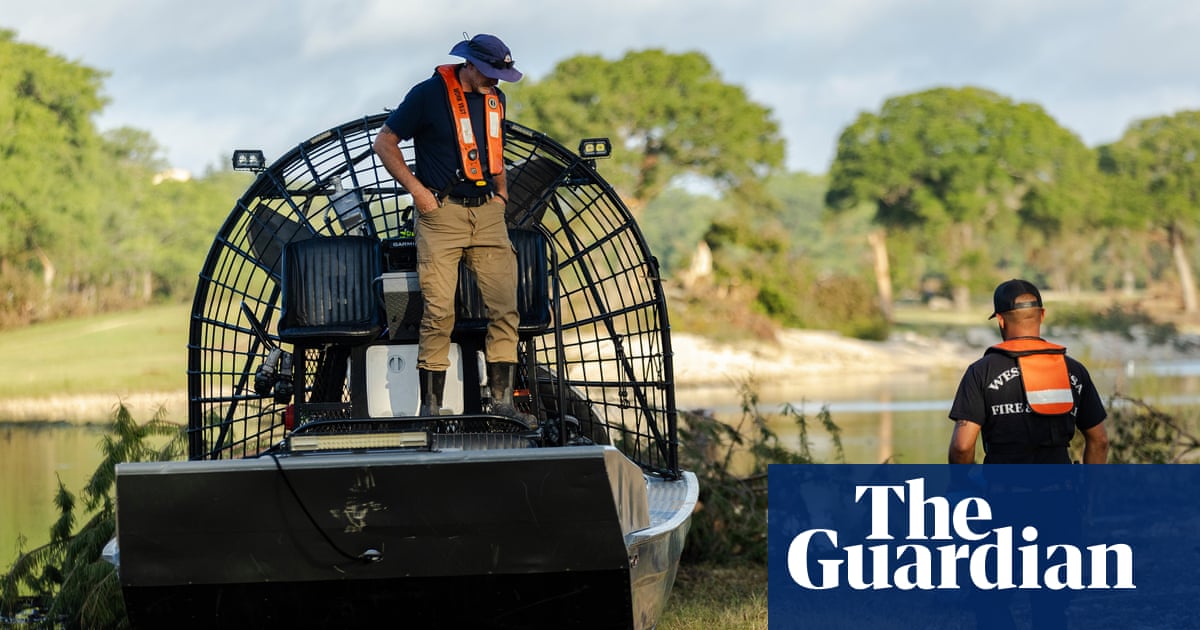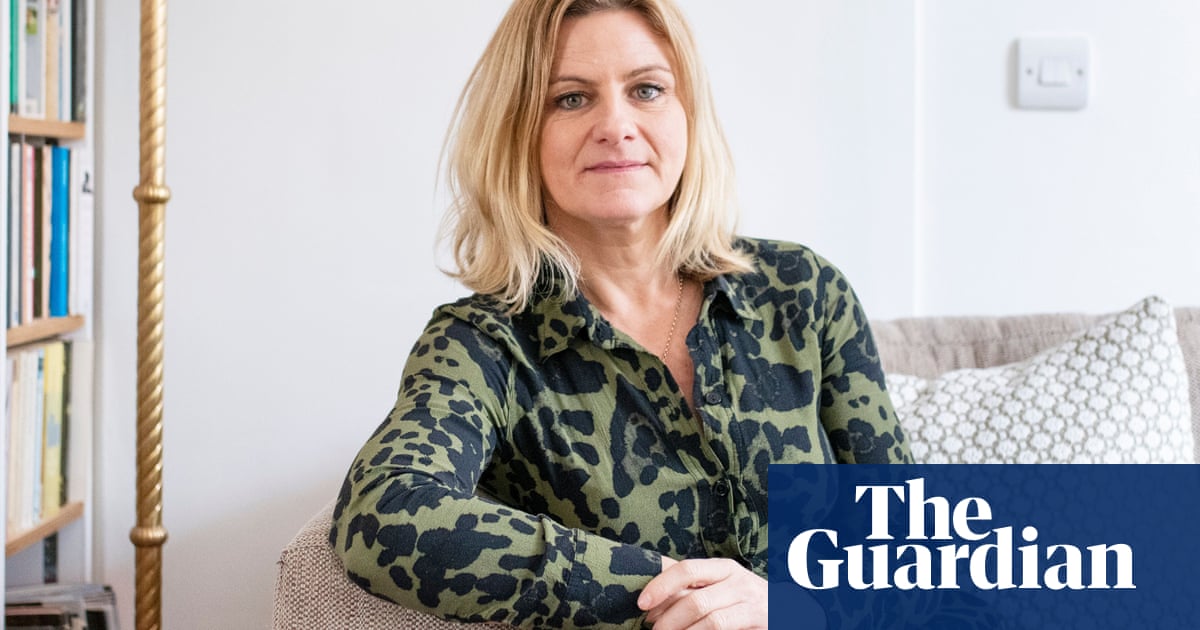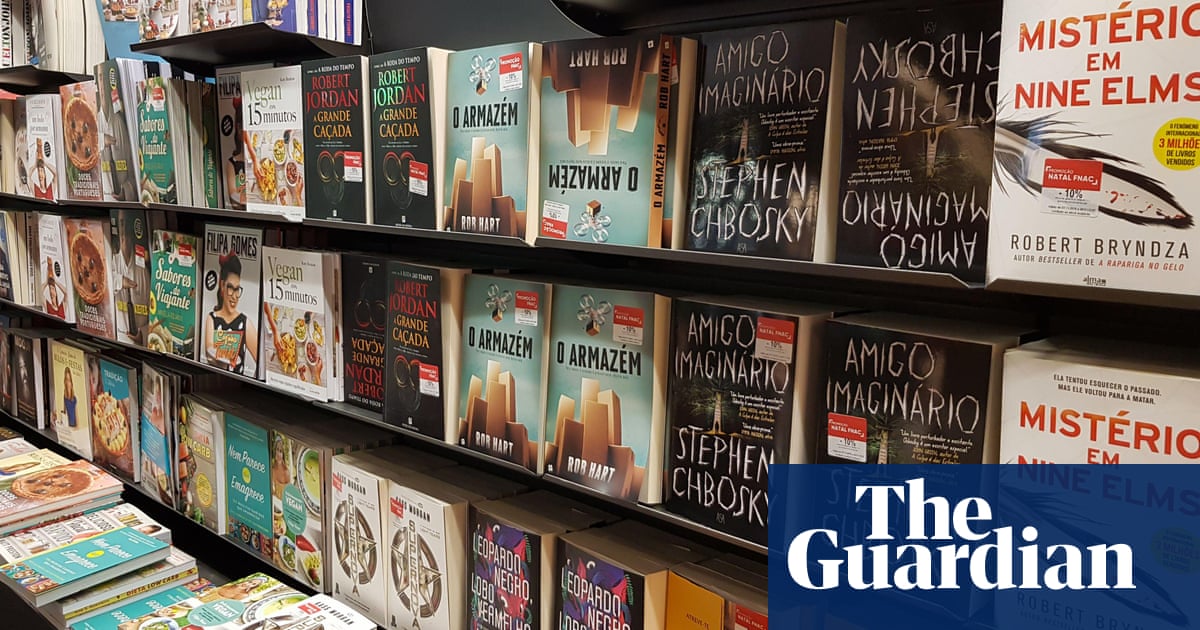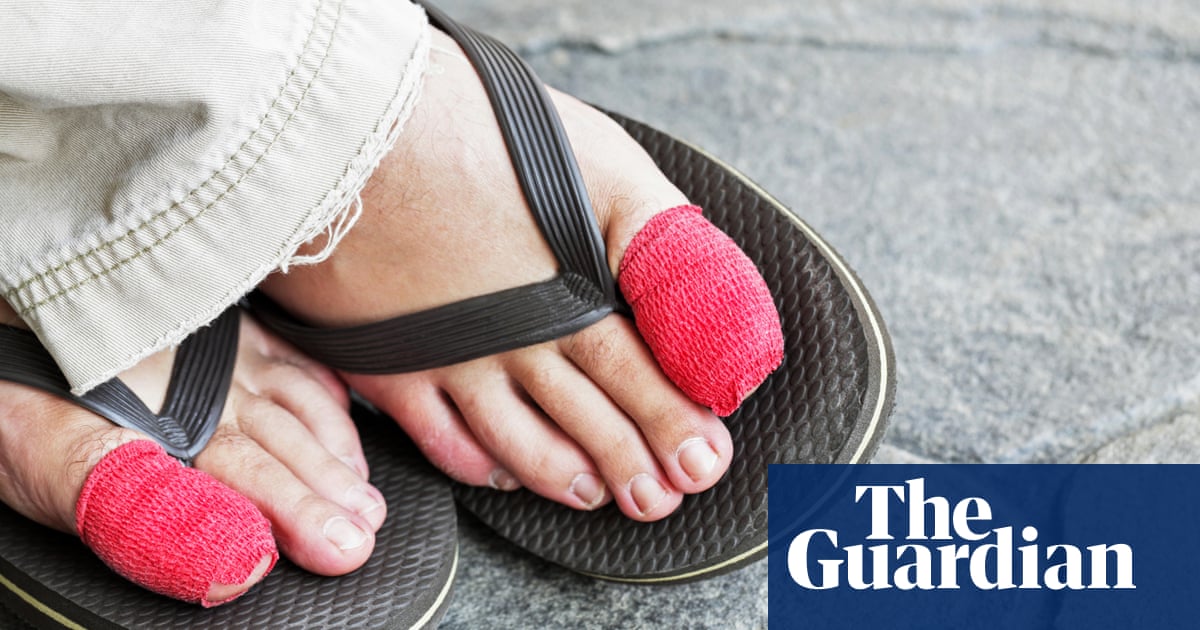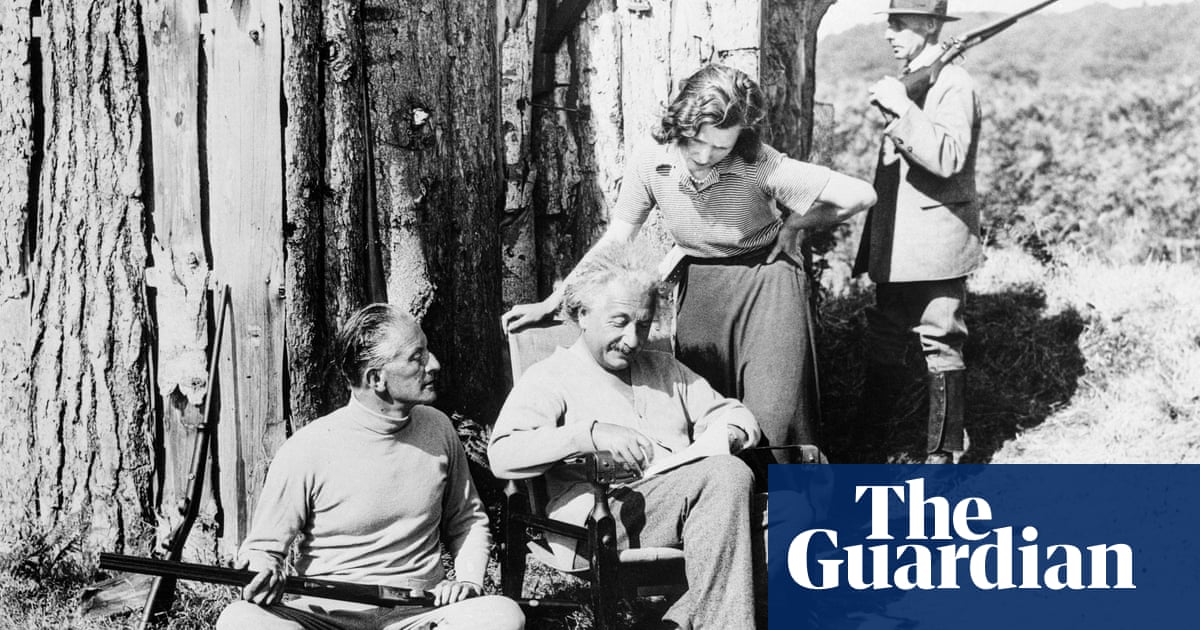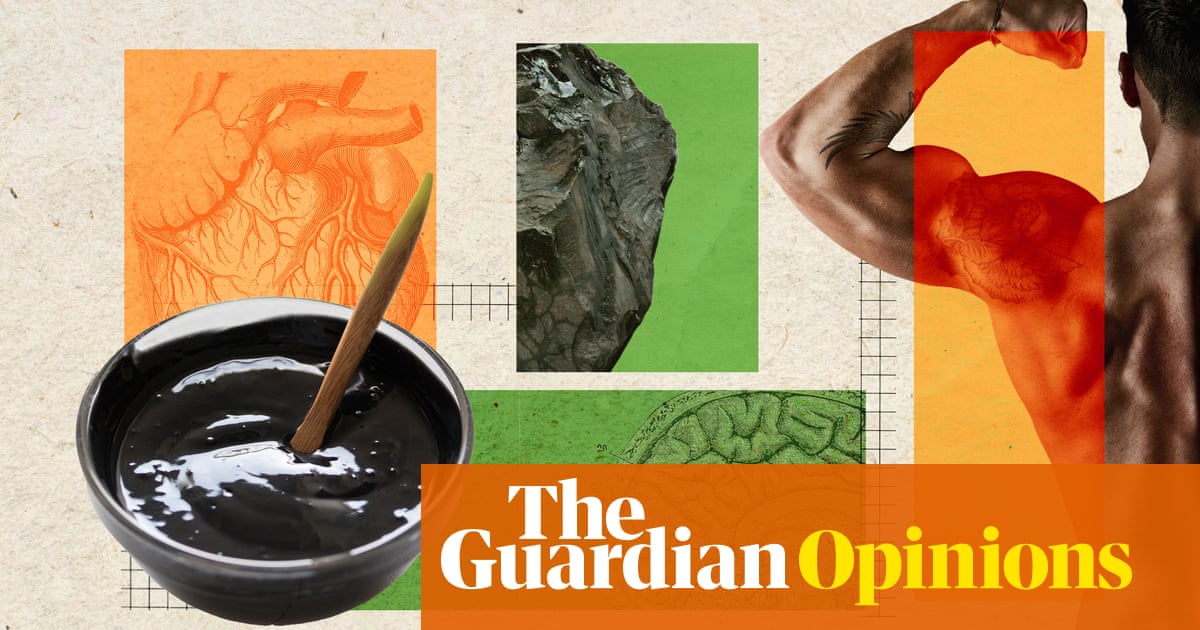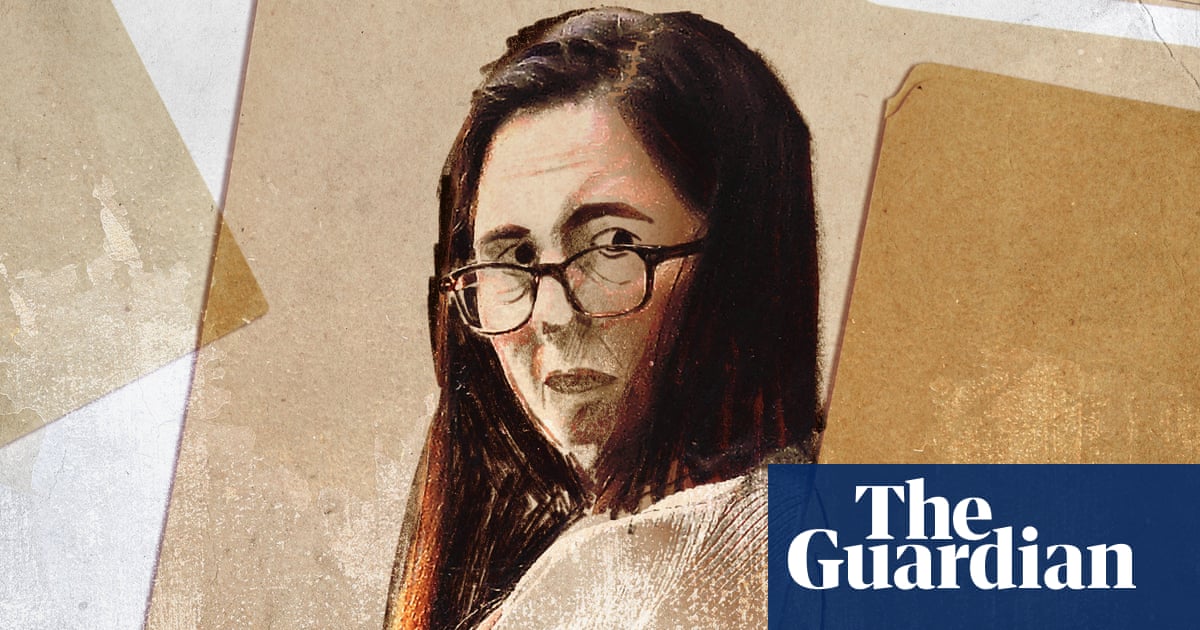Was the story always, in hindsight, just a little too good to be true? A middle-aged couple, brutally down on their luck after bankruptcy and a terminal diagnosis, escape their troubles on an epic walk round the South West Coast Path, finding comfort along the way in the kindness of strangers. Billed as an “honest and life-affirming” story of prevailing against the odds, The Salt Path became first a bestseller and then a blockbuster film, starring a windswept Gillian Anderson. Though it was never really my thing, I knew plenty of people for whom The Salt Path genuinely resonated, with its romantic central theme of being (as the film’s director, Marianne Elliott, put it) “reformed by the elements” of a blustery English seascape.
If it seemed a bit unlikely that a dying man could be rejuvenated by a strenuous trek involving wild camping in all weathers – well, getting readers to suspend their disbelief is what good storytellers do, and The Salt Path’s Raynor Winn was definitely good. Arguably, as I said, too good.
For according to a jaw-dropping account in the Observer, she and her husband Moth are also known as Sally and Tim Walker, a couple who lost their family home in allegedly very different circumstances. In the book, they’re left homeless when a good-faith investment in a friend’s business goes bad. In the version pieced together by the newspaper, she was accused of embezzling money from the small business for which she worked as a bookkeeper: to make good the missing cash, the couple allegedly took a loan from a relative secured against their house, only to lose the property when the loan was called in. (Though even then, according to the Observer, they still owned a tumbledown wreck in France.)
Medical experts interviewed by the paper further cast doubt on the idea of Moth/Tim reportedly living for 12 years with corticobasal syndrome, a rare and disabling brain condition normally fatal within six to eight years. Of all the allegations against the couple, perhaps the most serious is that of potentially giving false hope to other sufferers that they too could be miraculously revived by lacing up their walking boots. But since memoir depends above all on authenticity, on the promise of something raw and real, even the smallest suspicion that events may have been rather more artfully curated feels like betrayal.
In a statement, Raynor Winn called the Observer article “highly misleading”, adding: “We are taking legal advice and won’t be making any further comment at this time. The Salt Path lays bare the physical and spiritual journey Moth and I shared, an experience that transformed us completely and altered the course of our lives. This is the true story of our journey.”
Whatever the facts here, hers isn’t the first memoir to be accused of embellishment and is unlikely to be the last, given boundless public appetite for genuinely extraordinary “emotional journeys” – the true stock of which is by definition limited. While the publishing industry evidently has questions to answer about due diligence, the more intriguing puzzle is why readers are still so keen to believe in them.
The idea of physically travelling, only to find yourself at the end of the path, is as old as human storytelling. But the 21st-century twist on it is that unlike the Odysseys and Iliads of the past, the narrators of these epic wanderings are now usually female, setting out less to slay Minotaurs than to wrestle with emotional traumas. If the Observer is right, perhaps this one should have been read all along as a modern myth: one where everyone accepts that the Minotaurs aren’t strictly real, but some readers nonetheless desperately need to see them comfortingly slain.
The Salt Path’s reassuring hook wasn’t just the idea of overcoming seemingly impossible adversity, but of how the Winns/Walkers did it – thanks supposedly to the healing powers of nature, the kindness of people who took pity on them and ultimately a book-buying community who helped them spin disaster into box-office gold.
Perhaps it rang particularly true in the aftermath of a pandemic, when many people found solace in both long lonely walks and in the idea that even when terribly isolated they could still be part of something bigger. But for whatever reason, the story met an all-consuming need for hope. Don’t be surprised if the market for journeys of self-discovery endures, no matter what is found at the end of this one.
-
Gaby Hinsliff is a Guardian columnist

 5 hours ago
2
5 hours ago
2


